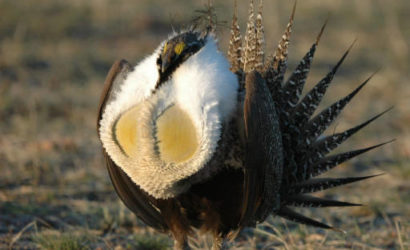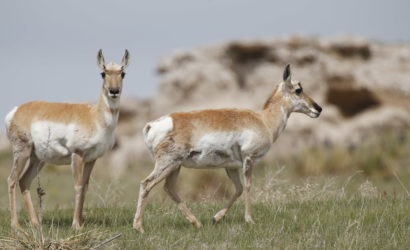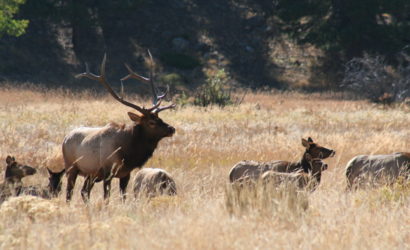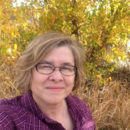We have much more to do and your continued support is needed now more than ever.
Westerners Speak Out for Sage-grouse, Sagebrush Steppe

The ground-dwelling bird, not found anywhere else in the world, is a signature species of the ruggedly stunning sagebrush country. But, as sportsmen and women and other outdoor enthusiasts will tell you, it’s about more than the bird — it’s also about the herd. Herds of mule deer, elk, pronghorn.
The sagebrush steppe also provides food and habitat for golden eagles, bighorn sheep, pygmy rabbits, migrating songbirds, prairie falcons, ferruginous hawks and sagebrush lizards. More than 350 species rely on sagebrush lands, which are rich in many different kinds of sagebrush plants and, after the rains, brightly colored wild flowers.
But there’s trouble afoot in the sagebrush steppe. The bird and the landscape face tremendous pressures: invasion of non-native species, wildfires, livestock grazing, subdivision of land, drought, oil and gas drilling, conversion of lands to agriculture, and expanding human populations.
Sage-grouse, once abundant across the West, number fewer than a half million. There were once as many as 16 million from Canada to the southern border.

Sage-grouse and sagebrush country are at a crossroads. Last fall, the U.S. Fish and Wildlife Service was able to avoid placing the bird on the Endangered Species List after concluding that sage grouse aren’t in danger of extinction due to work by states, private landowners, nonprofits and the U.S. Department Agriculture’s Natural Resources Conservation Service to save the bird. In what is being called the largest land conservation effort in U.S. history, Western states, the Bureau of Land Management, and U.S. Forest Service have mapped out strategies to build on that work.
However, there is a looming threat of lawsuits and attempts in Congress to derail the conservation plans. Westerners who live, work and recreate in sagebrush country say the time to save the bird, the herd and a cherished landscape is now. The National Wildlife Federation highlights some of those people — ranchers, sportsmen and women, climbers, tribal members — in a new brochure, “Voices of the Sage.”
Hear the Western Voices:
“I think sage-grouse will survive, but only if people want it to survive and take action to help it survive.” ~ Jim Posewitz, longtime Montana, Fish, Wildlife and Parks biologist, sportsman and author
“The sage country is a big part of my life, growing up on the reservation there. The sage itself is central to our Shoshone people, our Shoshone culture.” ~ Jason Baldes, a member of the Eastern Shoshone tribe on the Wind River Reservation in Wyoming
“Sagebrush country is absolutely beautiful in full bloom. That’s why I love it when it rains, as it washes away all the dust and makes it fresh and clean.” ~ Robert Gaudet, sportsman and president of the Nevada Wildlife Federation board

“I’m here to tell you that those very same elk and mule deer that we value so much in the treed country and those very same trout that we value in the mountain ranges, they rely on these sage lands, too. We’ve got to get together as a people and quit fighting and find solutions.” ~ Walt Gasson, Wyoming rancher and sportsman
“I spend most of my time in the sage in Wyoming, just thinking about what an amazing ecosystem it is and how many animals live there.” ~ Janet Marschner, sportswoman and president of the Wyoming Wildlife Federation board
“We should protect the this valuable ecology by continuing to provide habitat for the sage grouse and mule deer.” ~ Doug Waggoner, Colorado sportsman























